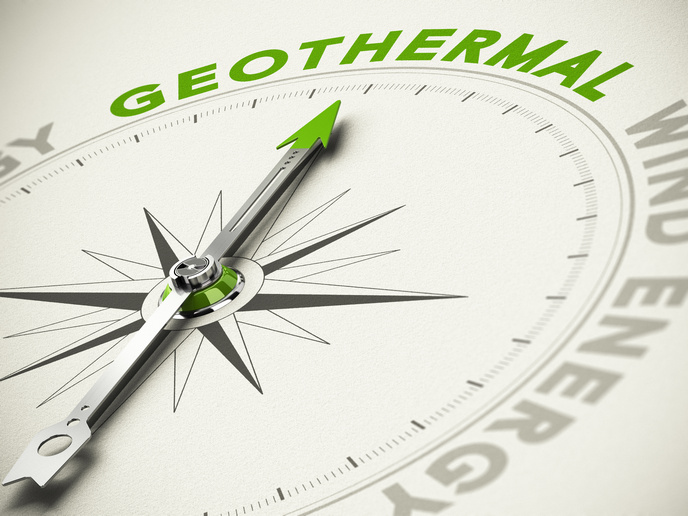Creating energy from fresh water supply
River movement or tidal flows are potential renewable energy sources for producing electricity with minimal impact on the environment. To produce electricity, low head hydropower converters are required to convert pressure generated with 2.5 m or less head to produce electrical energy. However, existing power converters are inefficient. The EU funded 'Hydropower converters with very low head differences' (HYLOW) project aims to develop a new micro turbine that can exploit water supplies to produce electricity at an economically viable rate. HYLOW partners designed two hydropower converters for very low head differences (0.2 to 1.0 m) that used differential hydrostatic pressure. These engines had an electrical efficiency of up to 68 % and mechanical efficiency of up to 78 %, which is far better than most competitive devices. Unlike most conventional turbines that damage a significant percentage of passing fish, these microturbines are eco-friendly. Mortality for fish with lengths less than 160 mm was only 1.4 % and injury rates were 5 % – significantly less than comparable low head turbine types. The team tested the practical efficiency and ecological compatibility of the new hydrostatic pressure turbine technology by installing one engine at the Lohr river in Germany and another at the Iskar river in Bulgaria. Test results found both engines highly efficient, causing minimal disturbance to the ecosystems. Project researchers made a special effort to disseminate their discovery and promote it to commercial organisations. They published a total of 58 articles in peer reviewed journals and organised three workshops for engineers and site owners. Hydroenergy sources have the potential to provide urban and rural/isolated areas with a reliable, efficient and safe source of energy. This will improve the overall system effectiveness of decentralised areas and industries. The implementation of these reactors, with potential capacity of 0.6 GW in the United Kingdom alone, could cut up to 1.8 million metric tonnes of carbon dioxide (CO2) emissions annually. These cost effective, environment friendly hydroturbines could revolutionise the energy business and place EU ahead in the race for renewable energy sources.




